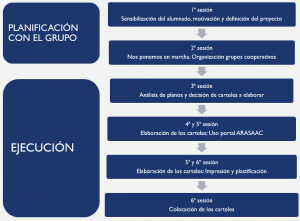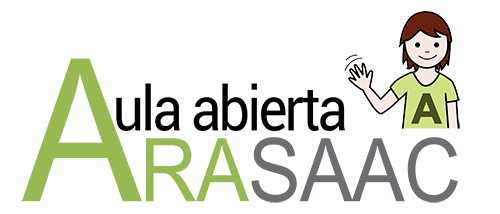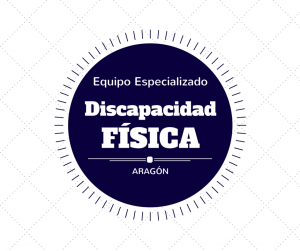Project description:
From the Team specialized in Physical Disability of Aragon,much relevance is given not only to the physical accessibility of the spaces where students with motor disabilities develop, but also to the cognitive accessibility that should permeate these environments, educational, since it is considered a key requirement for a center to be inclusive, favoring that it can be “used” by all people without any discrimination.
For this reason, some time ago, we prepared two guide documents with which we intend to facilitate this task to schools and teachers aware of this issue:
–“Implement SAAC in classrooms”,aims to guide the use of pictograms in the classroom,integrated into the educational methodology used by the teacher, making clear the multiple benefits and utilities that they entail, not only for students with educational needs. In addition, in that document, a location and selection of resources of special interest had already been made, with direct links to them.
– “Pictografiar un centro educativo“, tries, on the one hand, to raise awareness among the educational community so that it pays attention to the elements that may hinder the understanding of theenvironments (cognitive barriers). And on the other hand, guidelines are given to help identify and signal the most relevant scenarios for the development of activities.
In their eagerness to continue proposing interventions and practical measures, which respond to the needs expressed in the centers, and after knowing real experiences in this line, such as the one developed at the IES Almina de Ceuta by Verónica Rivera (Language Teacher), they have been encouraged to develop this project.
In this experience, they have joined two elements that are considered to have great significance to favor inclusion in educational contexts:the methodology of Service Learning (SL) and cognitive accessibility.
The Service Learning (SL) is an educational proposal that combines learning and community service processes,where participants learn by working on real needs of the landscape in order to improve it.
Cognitive accessibility implies that people understand the meaning of their environments and objects. Generating environments and services understandable to all, inclusive spacesare generated, assuming and respecting functional diversity.
A fairly simple way for an environment, in this case an educational center, to be
Cognitively accessible is to “signal” the spaces with images,for which the pictograms of ARASAAC have been an essential resource.
From the involvement of a group of students of the CEIP Espartidero very sensitized towards the disability world and coordinated by Professor Leyre Chivite (Tutor Teacher of 5th Primary Ed.) and Juana Rojo (Counselor), the task of pictografiar her educational center has been carried out, where at the beginning of the 17/18 academic year the need was raised, by a teacher, to carry out this task.
The Team specialized in Physical Disability of Aragon,with Sonia Foz (Counselor) and Estívaliz Asorey (Teacher of AL) at the front, proposed this format to carry it out and the center was willing and excited in its implementation.
The experience has been developed with a timing of one session per week, specifically on Wednesday afternoons, in which they carried out the Plastic area. That moment was chosen because it is when the two students who are in combination coincide that they are both in the class. It was carried out in 6 sessions, of an hour and a half of duration each one.
Participants:
Links of interest:
Location:

This project has had a curricular link with classroom programming,as it has contributed to developing, mainly, social and civic competence, linguistics and digital competence.
From ARASAAC , we want to convey our gratitude and support to the institutions and all the people involved, especially to the students of the center for the great work done that should serve as an example so that this type of initiative is extended by all the centers that seek inclusion and equality for all people. Congratulations!












